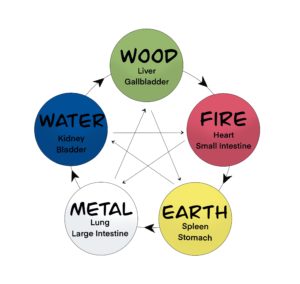What is Qigong?
Qigong, pronounced “chee gung” is an ancient Chinese moving meditation exercise, that looks similar to Tai Chi, but is easier to learn and practice. Qigong involves proper:
- body movement
- breathing
- mental focus and intention
It is gentle on the physical body, and can be practiced by anyone. While it has spiritual applications, Qigong is not a religious practice – so it is inclusive of all people and backgrounds.
What Does Qigong Mean?
The word “qi” can generally be translated as energy, life force, vital energy, or Spirit. Qi can also mean “breath.”
The word “gong” can be translated into cultivation, work, skill, or mastery.
Broadly, Qigong means – Qi cultivation.
Qi Circulates through the Meridians and Collaterals
Qi is said to circulate through the body in “meridians and collaterals” to and from internal organs.
There are 12 regular meridians that move towards and away from the internal organs. They are named after the internal organs, such as the “lung meridian.” We also have 8 extraordinary meridians, that are not connected to specific internal organs.
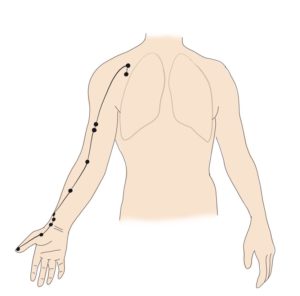
The qi circulates throughout the meridians bringing nourishment to the soft tissue, internal organs, fascia, skin, hair, nails, as so forth.
If we have good qi circulation we will be healthy, if the qi is stagnant or deficient, we will experience poor health.
So the main of goal of Qigong is to encourage qi circulation smoothly throughout the body.
Again, good qi circulation = good health.
Once the qi is moving smoothly, we can start to strengthen and tonify the qi.
More qi= More vitality
Qigong History
There are many different versions of the history of Qigong, but most will agree that it is approximately 4000 years old. It has changed and evolved over the centuries, but the central concepts remain.
Qigong is a combination of the ancient practices of:
- Nei Dan – a meditative practice translated as “Inner Alchemy/Transformation”
- Xing Qi – a practice that means “circulating Qi”
- Zhan Zhuang – standing meditation postures
- Dao Yin – a physical movement practice which means “Guiding and Pulling”
- Traditional Chinese Medicine – involving acupuncture, herbal medicine, and tui na (grasping and pulling) massage

The history and evolution is very interesting, and is told differently depending who you are speaking with. Traditionally Qigong was kept very secretive and taught directly from teacher to student. There is not one consistent lineage of Qigong, rather many practitioners and teachers.
Something worth mentioning is that Qigong has always been a practice to help health, vitality, and healing of the body. Some other internal practices (such as Tai Chi) originally began as a practice and evolved into what you see today.
Qigong was always focused on maintaining and promoting health and longevity.
Different Styles of Qigong
There are literally hundreds of ‘styles’ of Qigong – some even suggest thousands! It would take several lifetimes to learn them all! The styles can be broadly separated into 3 categories:
1. Martial Arts Qigong
This style of practice focuses on strengthening and preparing the body for martial arts practice. The goal is to create a strong body that can train for combat practices. It usually involves:
- plenty of deep stances to strengthen the legs
- practices to ‘harden’ the body, making it resilient to injury
- punching, kicking, and striking exercises
- deep breathing
- some meditation
You can often see demonstrations of martial arts Qigong where people are breaking bricks, sticks, and displaying feats of strength.
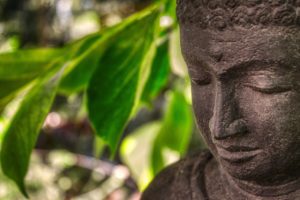
2. Spiritual Qigong
This category broadly includes Qigong practices that has a primary goal on spiritual purposes such as enlightenment or attaining ‘Nirvana.” These styles of Qigong are often connected to Taoist or Buddhist traditions.
Spiritual Qigong often includes:
- significant focus on meditation
- exercises and movements that support deeper meditation
- mantras, and chanting
Often when a person decides to practice Spiritual Qigong, they choose one style and teacher and stick with it for a long period of time.
3. Medical Qigong
This category describes Qigong practices that mainly focus on physical, mental, and emotional well being. The primary goal is to be healthy, and live a long, and vibrant life. Some Medical Qigong practices focus on specific health conditions, others are more general. Medical Qigong is largely based on the concepts of Traditional Chinese Medicine.
Medical Qigong can focus on:
- movements that support a healthy body
- meditation
- horse stance and standing practices
- Traditional Chinese Medicine concepts
While all practices are beneficial and have their merits, Medical style Qigong for health and wellness purposes is the focus of Qigong for Vitality.
Different Types of Qigong Practices
There are several different types Qigong movements.
 Dynamic Movements
Dynamic Movements
These are circular, graceful movements that help increase qi and blood circulation throughout the muscles, joints, bones, and soft tissue. These exercises are typically what look like Tai Chi.
They can be very linear, circular, short, long, sweeping, graceful, fast, or slow. They can help the body deeply relax, and invigorate the health.
Static Postures
Static postures are quite unique to Qigong practice. This involves holding certain positions for 5 minutes, working up to 20 or even 45 minutes. The Horse Stance is the most common static posture, and there are many variations on it.
While standing postures can be challenging at first, they are extremely relaxing, as you need to really to release any excess tension in the body to hold the postures.
If you don’t relax during static postures you will use muscular strength to hold the positions. That’s ok if you are standing for 2-3 minutes, but after 10 minutes your muscles will get very fatigued.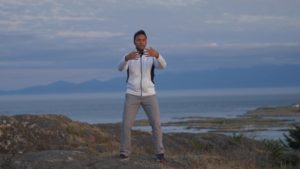
So how does a Qigong practitioner hold these postures? Not through strength, but deep relaxation and breathing. Something as simple as deep breathing into the belly can invigorate the qi, giving you a different kind of strength than the muscles, allowing you to stand for long periods of time!
Qigong Meditation
Qigong includes meditation practice that can be done in a static posture, such as Horse Stance, or while sitting. Some say that the Dynamic Movements mainly function to prepare the body and mind for meditation practice.
Different styles have different approaches to meditation, whether there is more focus on breath, body, visualization, or connection with Self or nature.
What is Qigong for?
The most common reason people begin Qigong practice is to maintain health and wellness, and reduce stress. Here are some other reasons why people practice Qigong:
Physical Reasons to Practice Qigong
- reduce pain from old injuries, arthritis, degeneration
- improve balance and coordination
- improve overall strength and flexibility
- improve circulation to cold extremities
- increase healing
- improve heart health
- improve breathing, allergies, respiration, asthma, COPD
- improve digestion, appetite, assimilation, bowel health
-

Mental/Emotional Reasons to Practice Qigong
- reduce stress and tension
- reduce anxiety, generalized anxiety disorder, panic attacks
- reduce depression
- improve mood
- improve focus, concentration, and memory
- improve mental clarity
Spiritual Reasons to Practice Qigong
- connect with Self
- connect with innate higher wisdom
- connect well with others
- connect with nature
What is the Best Qigong Practice?
The best Qigong practice is the one that you enjoy, experience benefits with, and you look forward to practicing.
There is no ONE practice that’s perfect for everyone, which is why we try to present Qigong practices from all traditions so you can find what works for you!
Who is the Best Qigong Teacher?
According to one ancient phrase, “The two best teachers are “Experience & Time.”
A child with no experience in sports or meditation learning Qigong requires a certain approach. They need to learn new skills for the first time.

An adult can draw on his/her prior experience with sports, exercise, dance, school, music, meditation, work, career, family, art, and other activities to learn Qigong.
When we respect our own experience, life lessons, and perspectives and incorporate it into our Qigong we not only feel good healthy qi circulation – we feel empowered!
The best way to learn and practice Qigong is to try different practices, notice how you feel at the time, and how you feel after the practice.
The more mindful you are of your experience, the faster you will discover “Your Practice.”
If you would like to begin or continue the Qigong journey, please come join us in the Communi Qi!
A great place to start is the 30 Days of Qigong or the Beginners Series
I would love to see you there!
~Jeff
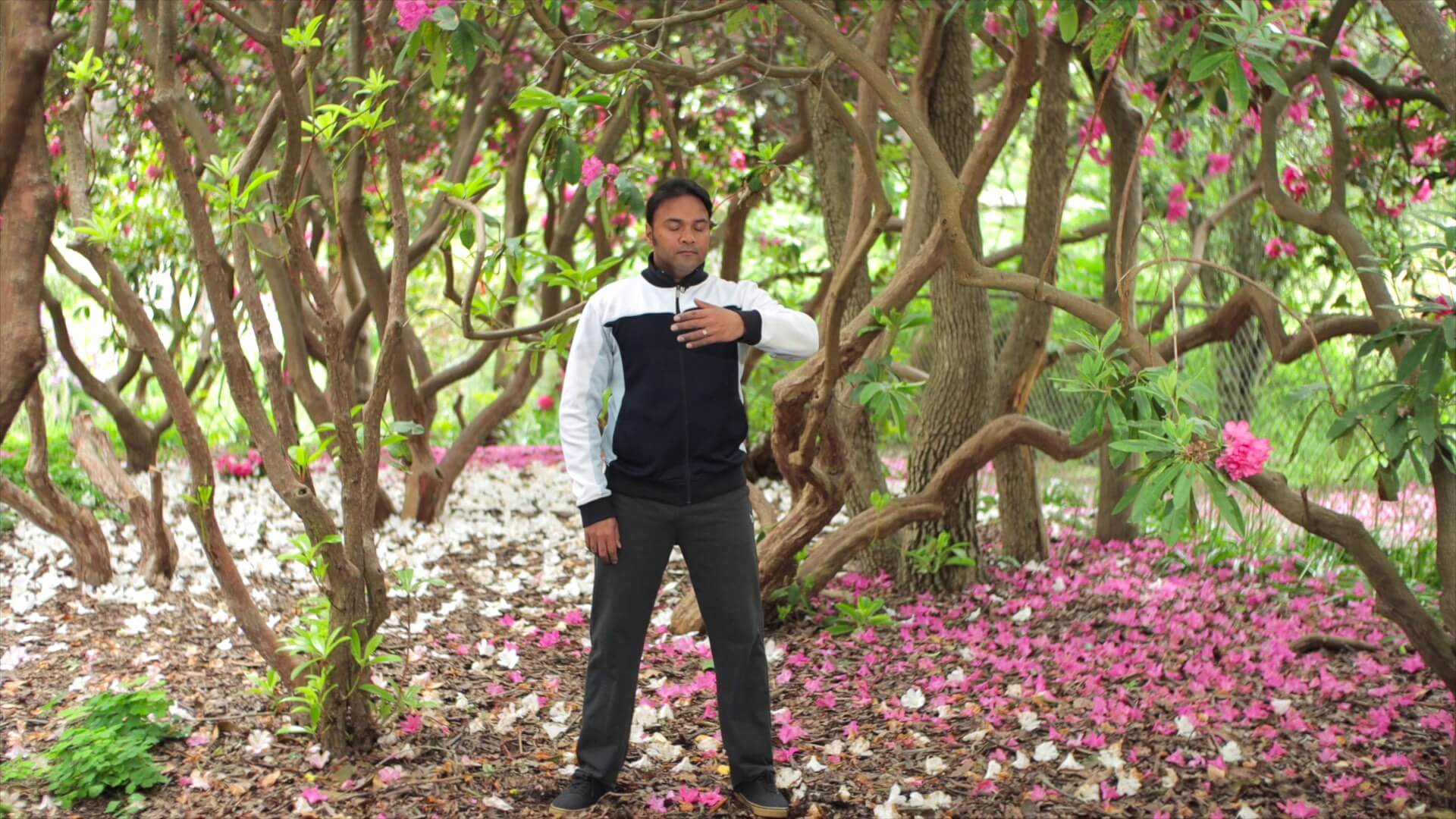
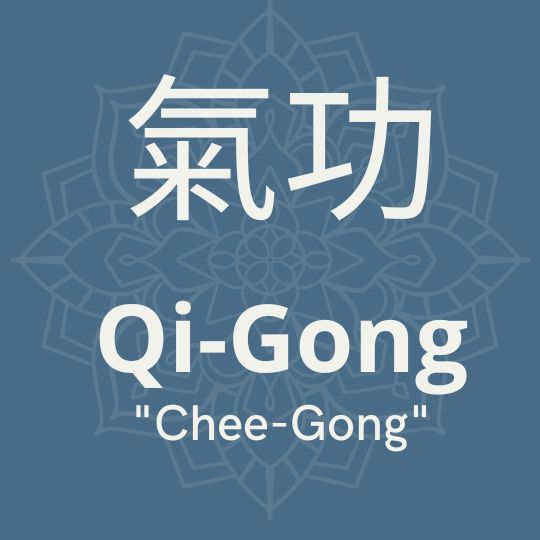
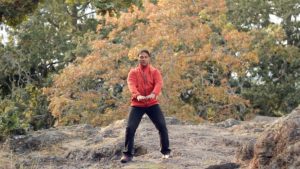
 Dynamic Movements
Dynamic Movements
